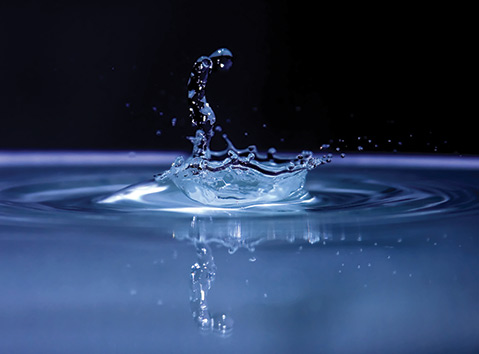Green Your Crib: Is High-Quality Water Possible?

With the recent high-profile story of lead-tainted water in Flint, Michigan, people are paying greater attention to faulty and decaying urban plumbing infrastructure. Although our problems are perhaps not as acute, we face similar issues of aging infrastructure here in Santa Barbara. Repair and replacement of these water- and sewage-delivery systems are costly, making it likely that restoration work will continue over many years.
Even with upgraded community piping, the issue of hard water remains, with 85 percent of the nation’s water deemed hard. When we lessen the minerals in water, we can use less soap and detergent, and there’s less damage to household piping and fixtures, lower bills from hot-water heating, and an increased life span for water-using appliances (seven years, per a Battelle Institute study).
The most common way to soften water is a home softener system that uses salts. But the heavy use of salts has catapulted these units into the war against salinity. Eight years ago, Santa Clarita Valley found itself not in compliance with state legal limits of salt discharge into the Santa Clara River. The high salinity was harming downstream aquatic life and agricultural crops. Because the principal culprit was residential salt-based water softeners, these units were banned and required to be removed by 2009. Communities in Contra Costa County have taken similar action to protect the delta ecology.
Unfortunately, many of the no-salt alternatives that are acceptable in Santa Clarita and Contra Costa have not been scientifically proved to have any mitigating effect on hardness. The positives of softening are clear. The downsides are also clear: heavy water usage and salty discharge water.
Victoria Garden Mews (VGM), a four-condo complex in downtown Santa Barbara, has one of the most sustainable treatment installations in the state. The system does use potassium salt — preferable to sodium salt — but in greatly reduced amounts due to sensors that continuously monitor the hardness of the water being treated and then adjust the processing to precisely offset the hardness. Typically, salt-softener units are set to remove the maximum hardness, but since minerals and chemicals in community-supplied water vary enormously from one moment to the next, excessive amounts of salt are used.
A 59-month analysis of VGM’s water treatment revealed that the four residences used less potassium than a typical Santa Barbara home with traditional softening equipment. On average, each VGM residence used about 20 percent of the salt per month of a typical area home, saving the community $5,050 over the test period. Although not perfect, this continuous monitoring and feedback system takes a big step toward sustainability while saving costs to homeowners and stress on the environment.



